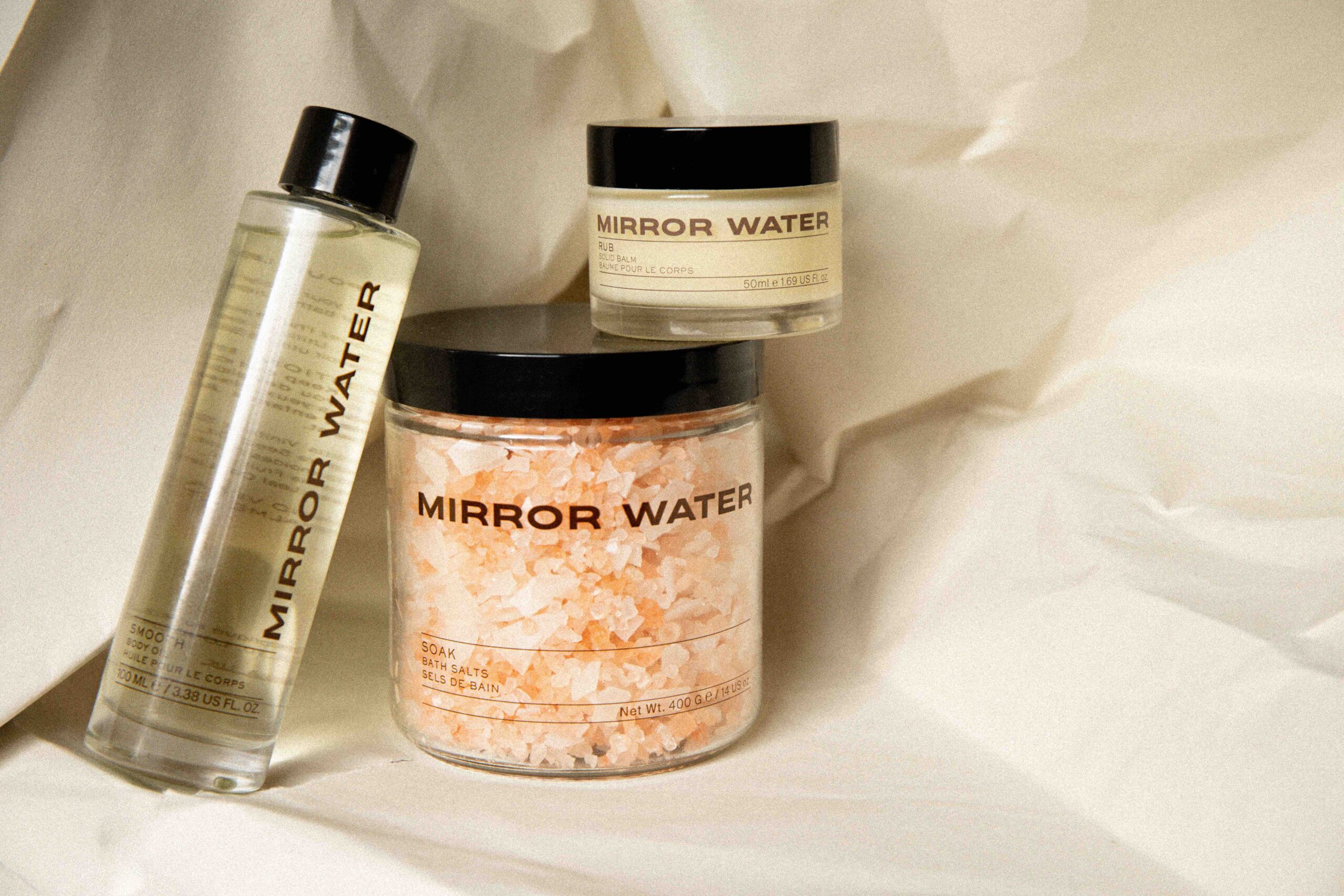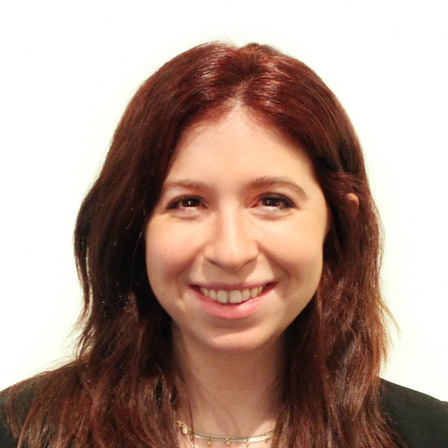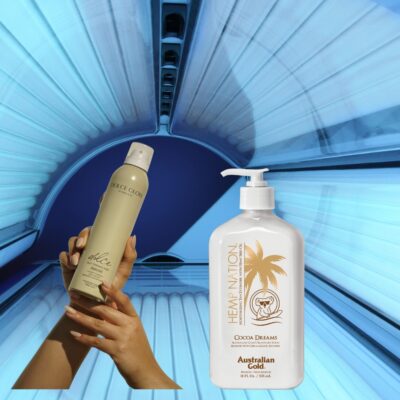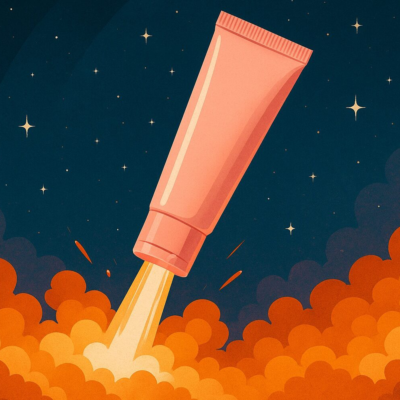
Coming Stateside: International Beauty Brands Dish On US Expansion Strategies
Breaking into the largest beauty market in the world can be a risky proposition for many international brands.
Characterized by its sheer size as well as a highly segmented distribution landscape and demanding customer base, achieving momentum in the United States beauty market requires steep resources, finely-tuned commercial strategies and loads of grit. Leaders from two very different international companies – Simone Dominici, CEO of multi-million dollar Italian makeup brand Kiko Milano and Estée Lalonde, founder of British bodycare startup Mirror Water – discussed why the U.S. market is important to their brands’ growth trajectories and the commercial strategies they’re utilizing to capture success.
Why The U.S.?
Sold throughout Europe, the Middle East, Latin America, China and Brazil, Kiko Milano is zeroing in on the U.S. as the 27-year-old brand continues to expand globally. Over 70% of its current sales occur outside of Italy with less than 1% coming from the U.S. Fueled by a recent majority investment from global consumer investment firm L Catterton, the brand is now looking to substantially grow that percentage. It launched on Ulta’s website five years ago, where its sales have been growing in the high double-digits. This spring, it collaborated with Netflix on a makeup collection inspired by the hit series “Bridgerton,” which was featured heavily in a press activation in New York City’s trendy Meatpacking District.
Dominici explained that Kiko Milano’s approachable yet high-performing brand positioning aligns well with U.S. consumers’ preferences for innovative beauty products that don’t break the bank. Kiko’s prices range from masstige to entry-level prestige. He also foresees heightened opportunities for the brand stateside as business in other parts of the world decelerate.
“The rest of the world has been growing more than the U.S. in beauty, at about 3% to 5%, but now the U.S. is catching up with the growth and is expected to grow at the pace of the rest of the world,” he noted. “It’s not a secret that business in China has been slowing down. So, the role of the U.S. will be stronger and stronger to me.”

Two-year-old direct-to-consumer brand Mirror Water has already started gaining traction in the U.S. thanks to Lalonde’s 669,000 Instagram followers and over 1 million viewers on YouTube. A 10-year-plus beauty and lifestyle content creator, Lalonde noted that over 60% of Mirror Water’s DTC sales originate from the U.S., where it recently secured a warehouse to handle local shipping.
To meet demand and to make the brand more attractive to investors, Mirror Water is focused on U.S. expansion this year as it fundraises for its next phase of growth. It completed an earlier friends and family round to launch the business.
“The opportunity is just so big in the U.S. and the opportunity to scale is just so much easier,” said Lalonde. “In the U.K., it’s small, and when people shop they really think about it. They look at your product, they go home and they might forget about it. It’s just different in the U.S., the customer is so eager to try new things and they love wellness and beauty. So for me, it was just a bit of a no-brainer.”
U.S. Commercial Strategy
Regardless of its size, Kiko Milano isn’t underestimating the challenges that will come along with U.S. expansion. Due to the market’s unique and complex dynamic, the brand has employed an entire team to hone its go-to market strategy.
“The U.S. is made up of department stores, beauty specialists, large e-commerce platforms and more local players, plus DTC. Your own e-commerce has to be top-notch because customers are very demanding in terms of services,” said Dominici. “So, it requires a completely different logistic and operational machine to be successful in the U.S. than in other parts of the world.”
Dominici identified recruitment, building brand awareness and developing a first-rate infrastructure system as the biggest challenges that Kiko Milano will face in the U.S. Initially, it plans to build awareness through its DTC and then expand its digital community through wholesale and e-commerce partnerships. Dominici listed grocery stores and drugstore chains as unlikely sales channels for Kiko due to the brand’s reliance on in-store service to sell its products. Outside of the U.S., Kiko operates over 1,000 branded stores.

To understand the nuances of a multi-branded retail environment, Kiko partnered with Nordstrom to carry its “Bridgerton” collection in 93 of the retailer’s stores this spring. “We are learning a lot about how to stand out from the crowd, how to position ourselves and about visual merchandising from the experiment with Nordstrom,” said Dominici.
Despite its DTC roots, Mirror Water is focused on securing brick-and-mortar partners in the U.S. rather than beefing up its online presence. With limited funds in the bank, it’s targeting small specialty retailers and luxury e-commerce destinations first before moving onto larger wholesalers down the line. So far, the brand is stocked in boutiques like The Well in New York City and online with Moda Operandi. In the U.K., it launched exclusively at SpaceNK early last year before branching out into Liberty and smaller beauty and lifestyle shops.
“It’s a lot to take on in the U.S., so it’s a huge risk,” emphasized Lalonde. “Kiko has a lot to fall back on. If this doesn’t work for me, I’m screwed.”





Leave a Reply
You must be logged in to post a comment.